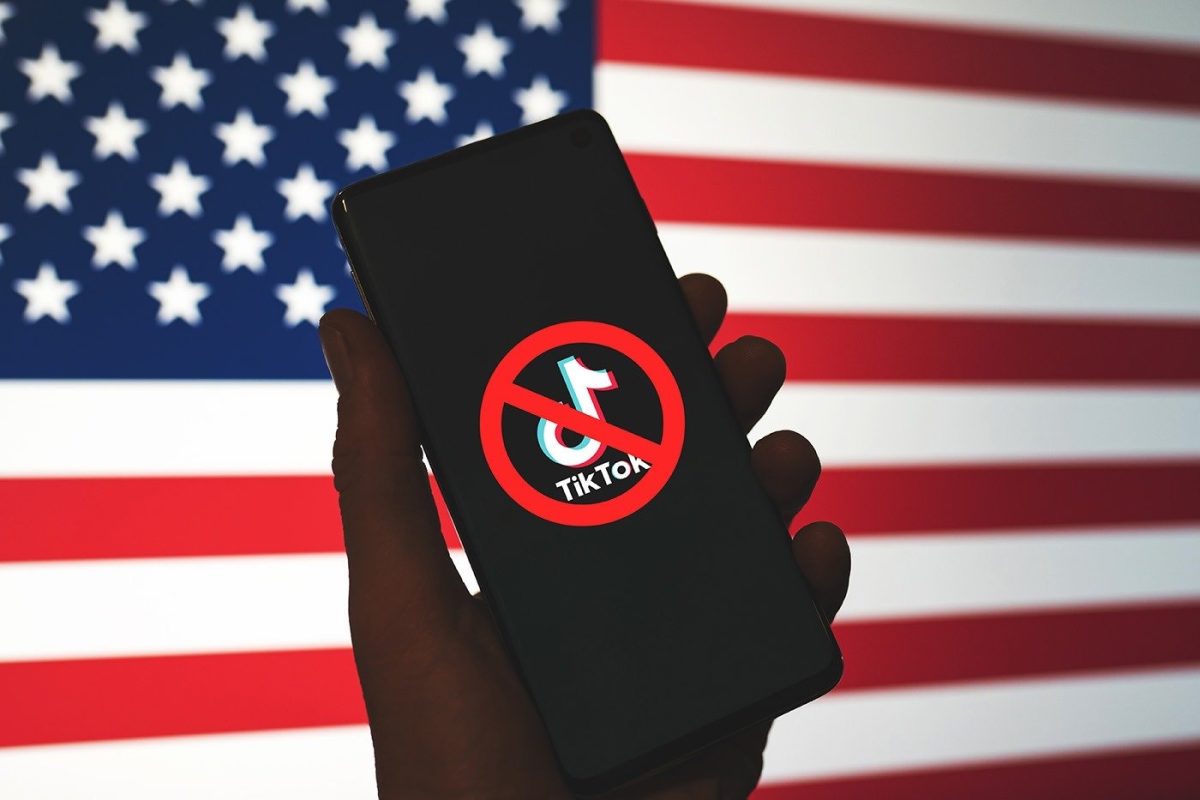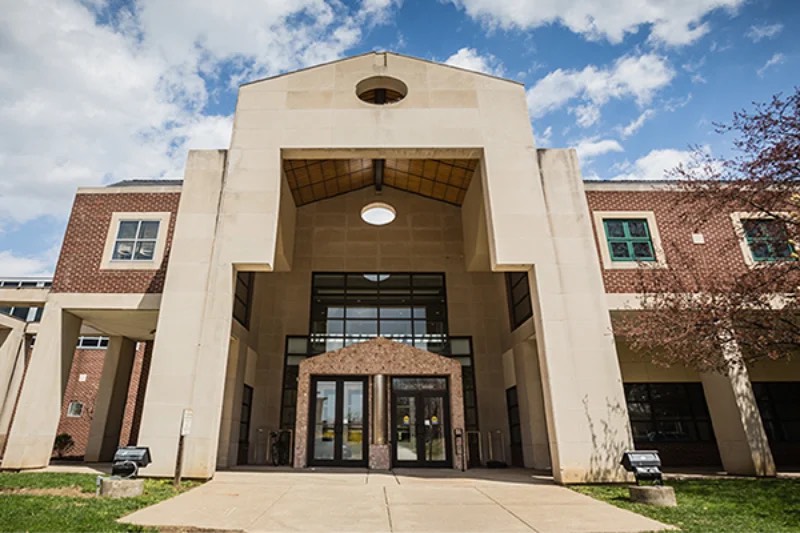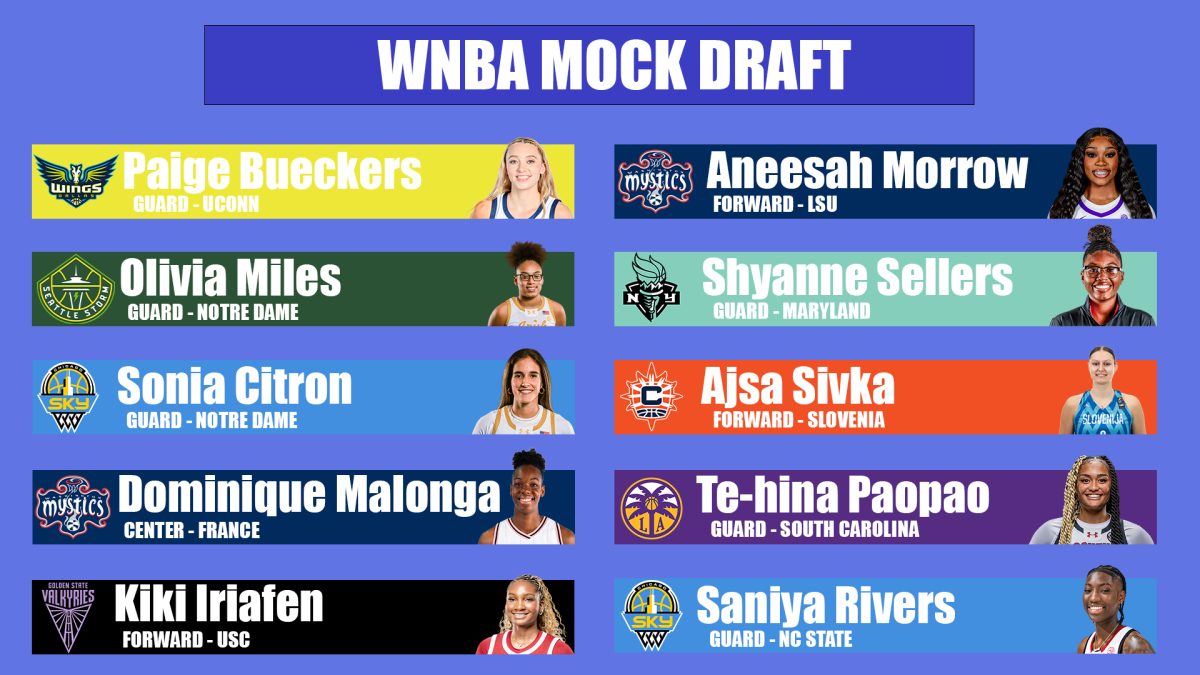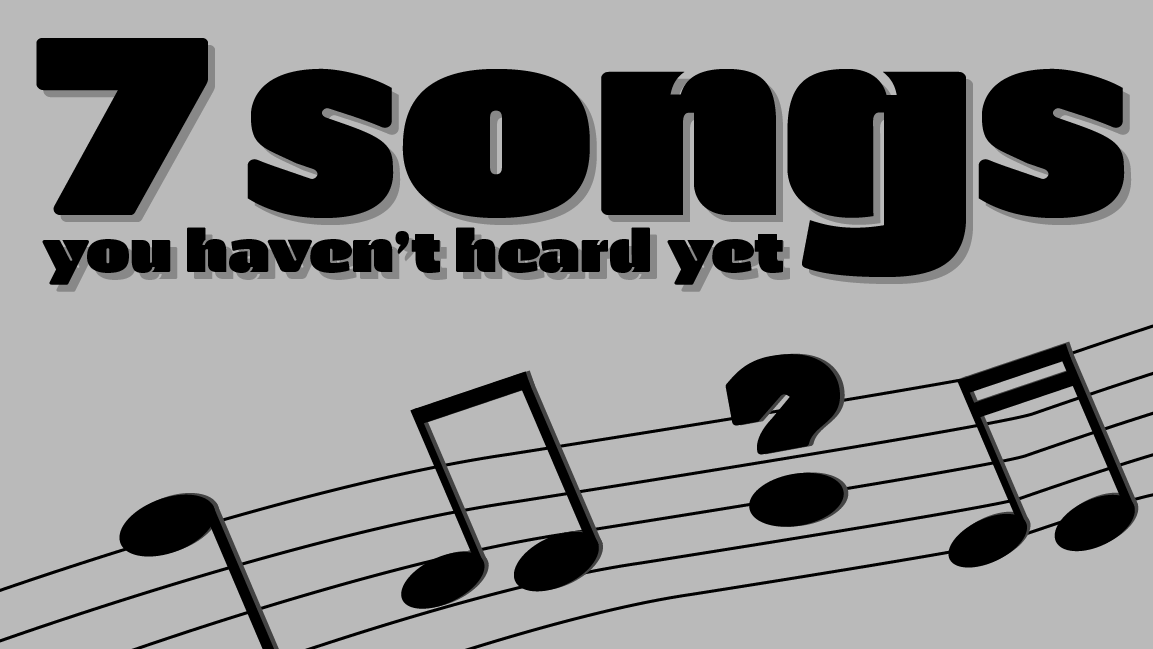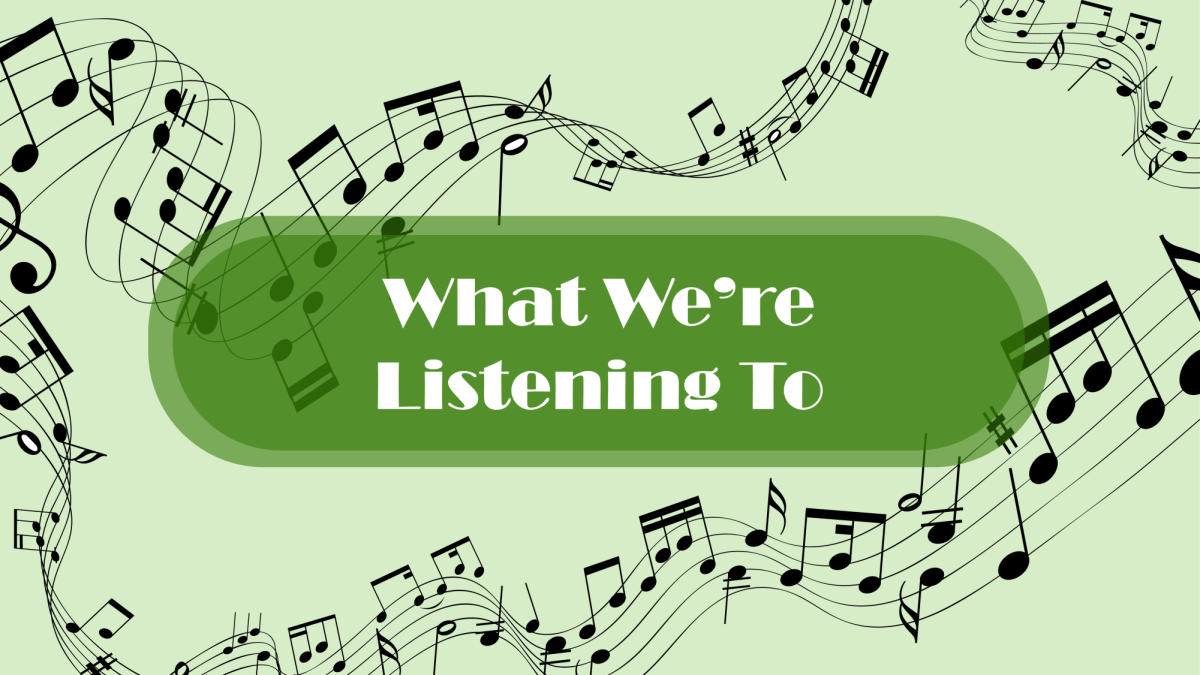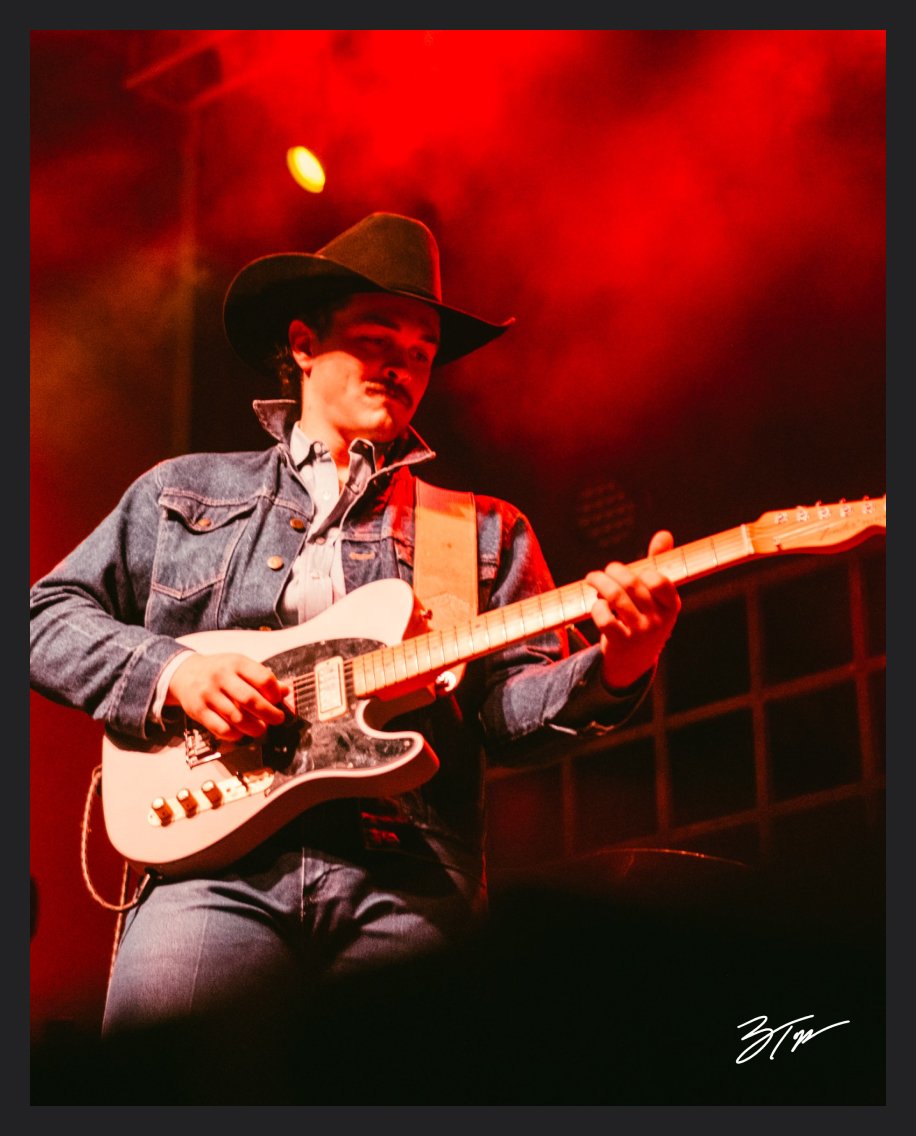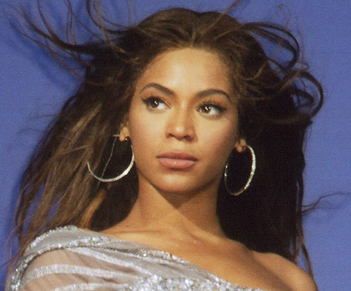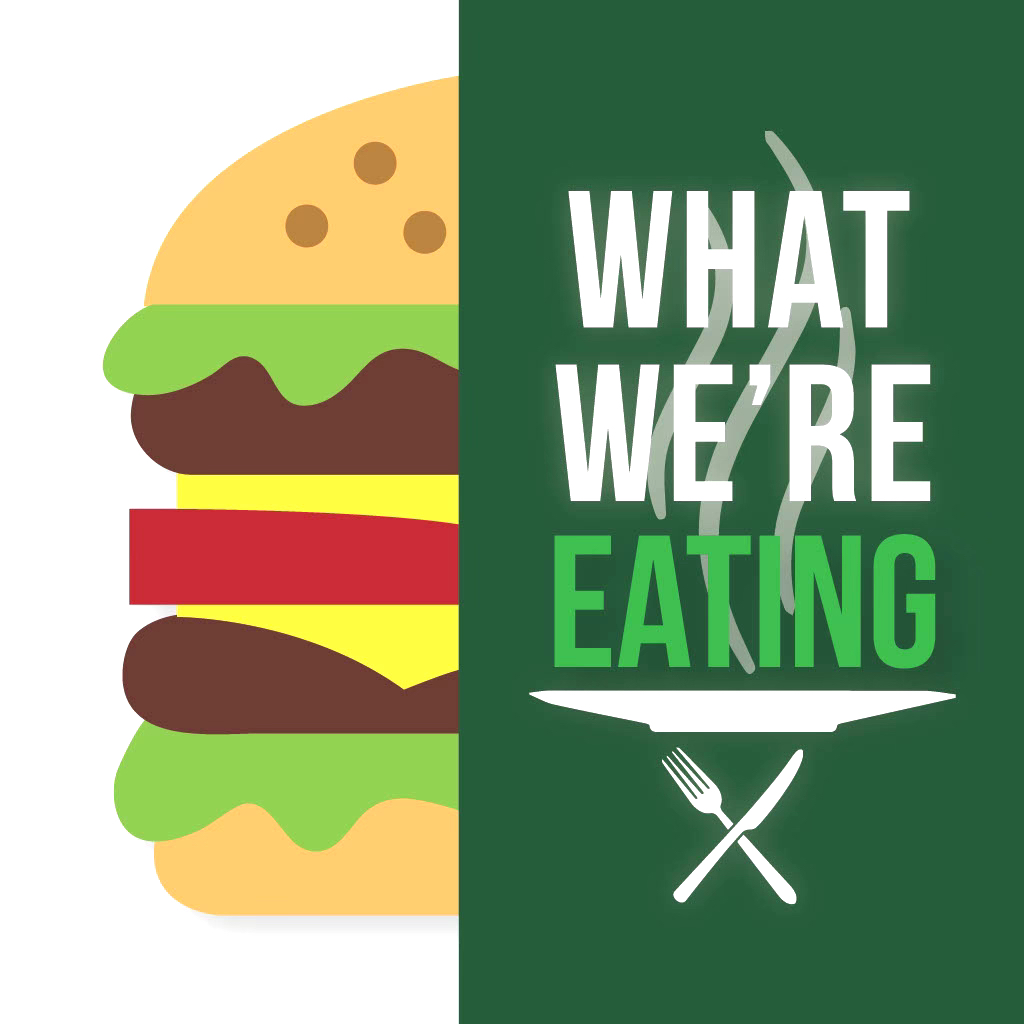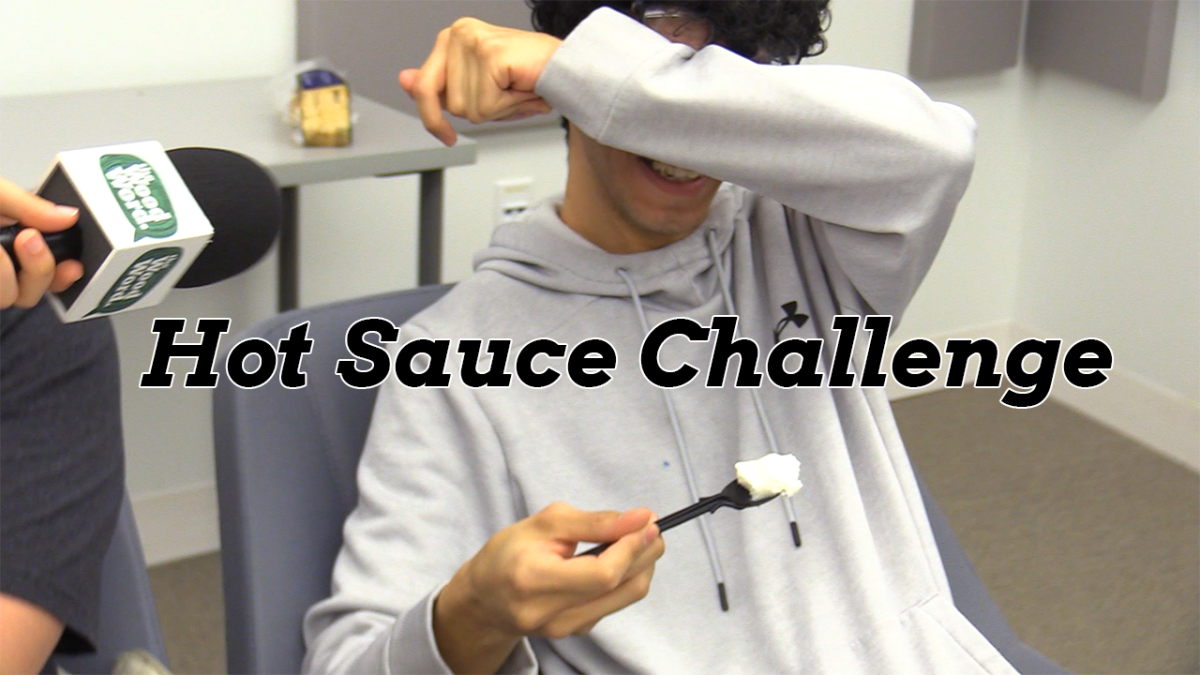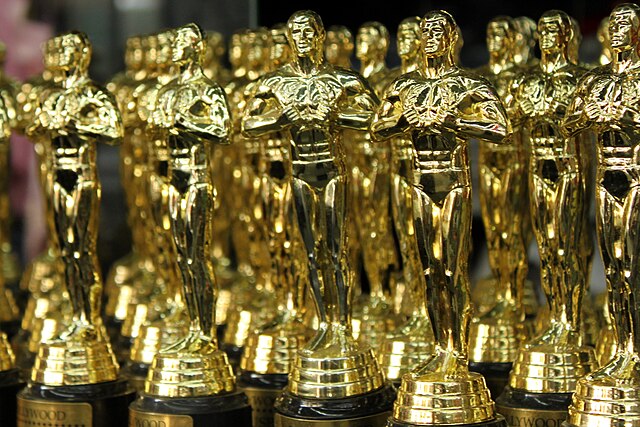When Maroon 5 had their disastrous Super Bowl halftime show in 2019, it was clear that something needed to change about the so-called “world’s biggest stage.” The show felt slapped together, consisting of the band’s biggest hits and nothing else. That’s not even getting into the botched Stephen Hillenberg tribute.
While the next show’s Shakira and Jennifer Lopez double act was much better received, it became clear that the old format of “just hits” had to change. The Weeknd’s 2021 show and the West Coast hip hop show from 2022 showed steps in the right direction, being much more theatrical with clear input from the artists involved. This pivot was completed in 2023, when the halftime show’s sponsor switched from Pepsi to Apple Music.
Being sponsored by a company, or at least a facet of a company, whose main focus is music has allowed the three shows since the switch to do things that simply weren’t done before. Rhianna’s 2023 show was a dazzling solo showcase, during which she discreetly announced her pregnancy. Usher’s 2024 show was a refreshing mix of album cuts and big hits, with both theatrics and showmanship in equal measure. Finally, of course, we now have Kendrick Lamar’s show.
Lamar’s show was as much about the music as it was about the storytelling, with frequent interludes and “Uncle” Samuel L. Jackson functioning as a sort of Greek chorus. It also served as the final nail in the coffin to his infamous war with fellow rapper Drake, with many agreeing that he had decisively won following his performances of “Not Like Us” and “TV Off.”
Talking about and reviewing Lamar’s show could be a story in itself, but if there was one thing bigger than the show it was people’s reactions to it. It sharply divided people, with one camp celebrating the show for all of its aspects, storytelling included, while the other despised it, claiming the halftime show should just be about the music and criticizing the show’s perceived “liberal talking points.”
The Super Bowl’s upset victory of the Eagles over the favored Chiefs ended up being used as another plus about the show, celebrating the underdog coming out on top. The show completely enveloped discussion of the entire night – and that’s not necessarily a bad thing.
As mentioned above, the Super Bowl is one of, if not, the biggest stage that an artist can perform on. Yet, the NFL typically doesn’t pay them a cent for it: They pay all expenses and travel fees, but none of it physically shows up in their accounts. Effectively, the artist gets paid in exposure, except for the fact that the grand majority of the time, the artists performing are already household names.
Although the Super Bowl is still a privilege to perform at, and it would be hard to claim any musician is phoning it in on stage, it still incentivizes them to just play their biggest hits and move on. But here comes Kendrick Lamar, using his time on stage to not only entertain the crowd but also tell a story that has themes of inequality and rising up from oppression on top of playing a handful of hits. His show has become the most talked about and viewed show in years.
Not getting paid for the performance is a negative, for sure, but while these artists are on the biggest stage they will most likely ever be on, being viewed by millions both in person and at home on their TVs, I feel like they should use those 15 minutes more wisely. Not all of them have to make grand statements like Lamar did, but when put in a situation in which I wouldn’t have to pay a cent for whatever I want to visualize on stage, I know I wouldn’t be stingy about my vision.
Performing at least a few hits is inevitable, since pleasing the crowd is important, but using the opportunity to be more theatrical is something I hope continues to be done at halftime shows far into the future.
Contact the Writer: [email protected]






